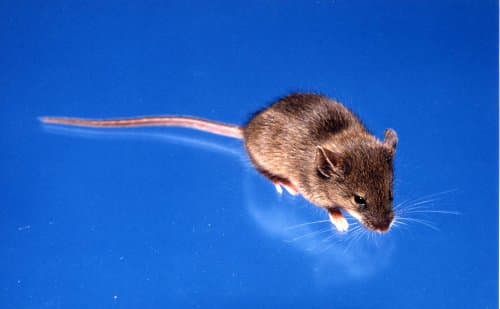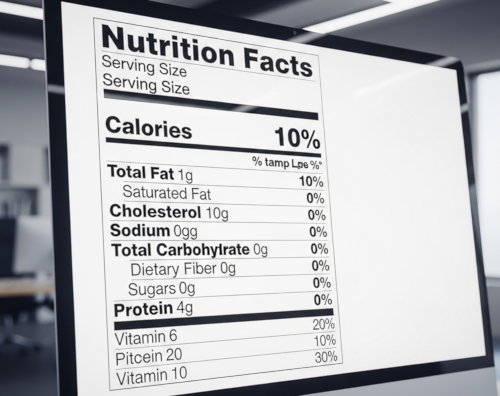
Profile of C3H/HeJ Jcl Mice
References
Foster et al eds., The Mouse in Biomedical Research, Volume I: 1981; Volume II: 1982; Volume III: 1983; Volume IV: 1982, Academic Press Inc. New York.
Biochemical and Immunological Loci

Lifespan
- Conventional environment:
Males: 707 days, Females: 714 days (Storer, 1966)
Males: 722 ± 30 days, Females: 683 ± 23 days (Goodrick, 1975)
Males: 722 ± 30 days, Females: 683 ± 23 days (Goodrick, 1975)
- S.P.F. environment:
Males: 629 days, Females: 719 days (Festing and Blackmore, 1971)
Naturally Occurring Tumors and Lesions
- The incidence of mammary tumors in unfostered sublines was less than 1% in males, 95% in multiparous females, and 88% in nulliparous females (Heston, 1963).
- The same incidence was 99% at 7.2 months of age (Heston & Vahaleis, 1971).
- In the same line, latent mammary tumors developed at 276-566 days of age. Reproductive stress was suggested as a trigger (Riley, 1975).
- The incidence of mammary tumors in fostered sublines was 37% at two years (Riley, 1975).
- The incidence of hepatocellular carcinoma was 72-91% in males and 59% in multiparous females and 30-38% in nulliparous females at 14 months of age (Heston, 1963).
- The incidence of pulmonary adenoma was 2-10% and leukemia was 6-30% in fostered A lines (Mühlbock & Teng-bergen, 1971).
- In a S.P.F. environment, the incidence of naturally occurring tumors and lesions was as follows: hepatic tumors 9-23%, pulmonary tumors 2-10%, mammary tumors 21-36%, 13-26%, and ovarian cysts 13-26% (Festing & Blackmore, 1971).
- Hepatocellular carcinoma was associated with eosinophilic cytoplasmic inclusions (Liebelt, 1971).
- The incidence of leukemia was 17%, hepatocellular carcinoma was 14%, and lung cancer was 7% (Smith, 1973).
Immunological Characteristics
- Resistant to Mouse Hepatitis virus (Bang, 1960)
- Good immune response to Vi antigen (Gaines, 1965)
- Responsive to sensitization with polypeptide Glu 57, Lys 38, Ala 5 (Pinchuk, 1965)
- Good immune response to small amounts of bovine γ-globulin (Levin, 1970)
- Weak immune response to Cholera A, B antigens (Gerny, 1970)
- When male skin was grafted onto syngeneic females, all grafts were rejected after 100 days (Gasser, 1971)
- Weak immune response to ovalbumin and ovomucoid (Vaz, 1971)
- Good antibody affinity to HSA (Petty, 1972)
- Weak immune response to bovine serum albumin (James, 1972)
- Susceptible to Mycoplasma fermentens (Gatenby et al., 1972)
- Resistant to LCM virus until 1970 (survival rate 76%), but currently affected (survival 3%) (Oldstone, 1973)
- Low reactivity to specific and non-specific B cell activation by Gram-negative bacterial capsular lipopolysaccharide (LPS), while other C3H strains show high reactivity. This trait is due to a dominant gene (Watson, 1974)
- Red blood cells exhibit strong agglutination (Rubinstein, 1974)
- Resistant to experimental allergic encephalomyelitis induced by encephalomyelitis virus (Boucher, 1975)
- Good immune response to Pro-Gly-Pro-ovalbumin and (Pro-Gly-Pro)n (Fuchs, 1974)
- Resistant to Salmonella typhymurium C5 (Plant 1974, Glynn, 1976)
- 100% infection with murine leukemia virus in three generations (Jenson et al., 1976)
- Highly susceptible to rubella (Rager, Tisman & Uden, 1976) (Neighbour et al., 1978)
- Deficient in LPS responsiveness (Glode, 1977)
- B cell and macrophage (MΦ) responsiveness to LPS is linked at the same locus, and both are deficient in LPS responsiveness (Morozumi, 1981)
Physiological and Biochemical Characteristics
- High serum cholesterol levels (Bruel, 1962)
- Low serum haptoglobin levels (Pencock, 1967)
- High hepatic tyrosin aminotransferase levels in fasted mice (Blake, 1970)
- High erythrocyte catalase (Hoffman, 1971)
- Fast peripheral nerve conduction velocity (Heman, 1972)
- High porphyrin concentration in the Harderian gland (Cutroneo, 1973)
- Low hepatic ammonia-lyase activity (Hanford, 1974)
- Low blood pressure (Mullink, 1975)
- High serum calcium concentration at 4 months of age (Barrett, 1975)
- High levels of β-endorphin and ACTH secreted from the pineal gland (Crabbe, 1981)
Pharmacological Characteristics
- Highly susceptible to fibroma induction by methylcholanthrene (Storong, 1952)
- Sensitive to chloroform toxicity (Deringer, 1953, Hill, 1973)
- Insensitive to histamine (Brown, 1965)
- Uterus is sensitive to estrogen (Chai, 1966)
- Short sleep time induced by hexobarbital (Vesell, 1968)
- Liver cancer but not lung cancer is induced by administering DMBA to newborn mice (Flaks, 1968)
- Highly susceptible to mammary cancer induction by urethane (Bentvelzen, 1970)
- Highly susceptible to tumor induction by 3,4-benzpyrene (Liebolt, 1970 & Whitimire, 1971)
- Prone to skin tumor induction by DMBA (Thomas, 1973)
- Gastric cancer is highly induced by oral administration of methylcholanthrene (Akamatsu, 1974)
- Affected by isoniazid toxicity (Taylor, 1976)
Anatomical Characteristics
- Low total white blood cell count, total red blood cell count, hematocrit, and hemoglobin (Russell, 1951)
- Few accessory spleens and many Peyer's patches (Hummel, 1966)
- Small thymus-to-body weight ratio (Belyaev, 1970)
- Large pituitary gland (Sinha, 1975)
※Quoted and modified from Jcl NEWS No.1, issued October 1, 1989, by CLEA Japan, Inc., Development Division.
Inquiry
If you have any question, please feel free to contact us from below.



